I had a bit of a scary moment last night. Having fallen asleep in my tent around 10 pm I was suddenly awoken by a bright light. I checked my phone and momentarily thought I’d overslept before realising it was still night.
Outside I could hear movement and heard the sound of my staff falling over. As I scrambled to get out of my sleeping bag the light suddenly faded and I could hear the sound of a car driving away. I took a look around but everything was as I’d left it and whoever was snooping had even put my staff back upright.
Feeling rather uneasy I managed to get back to sleep again before being woken by the chimes of the public announcement system at 6 am.
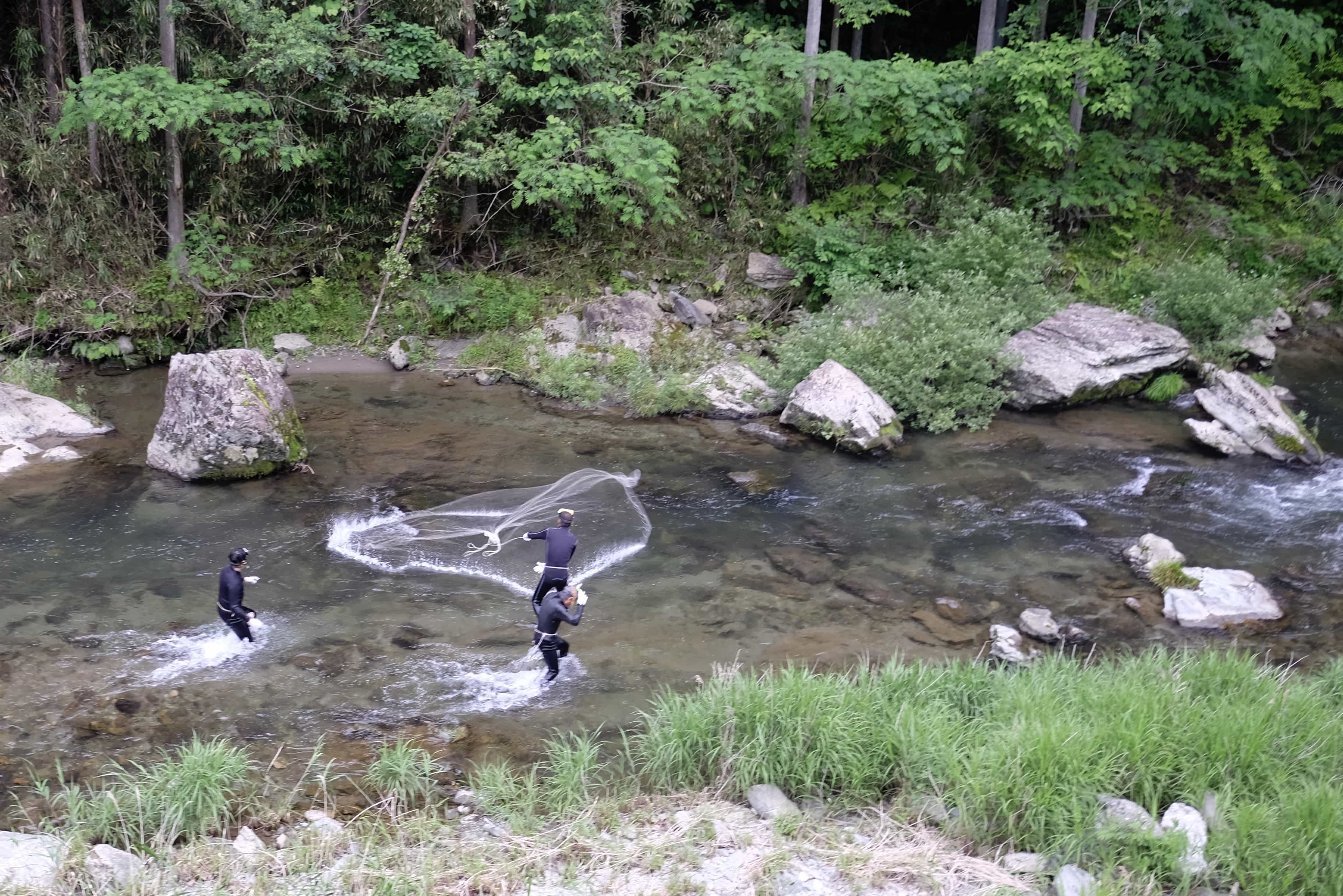
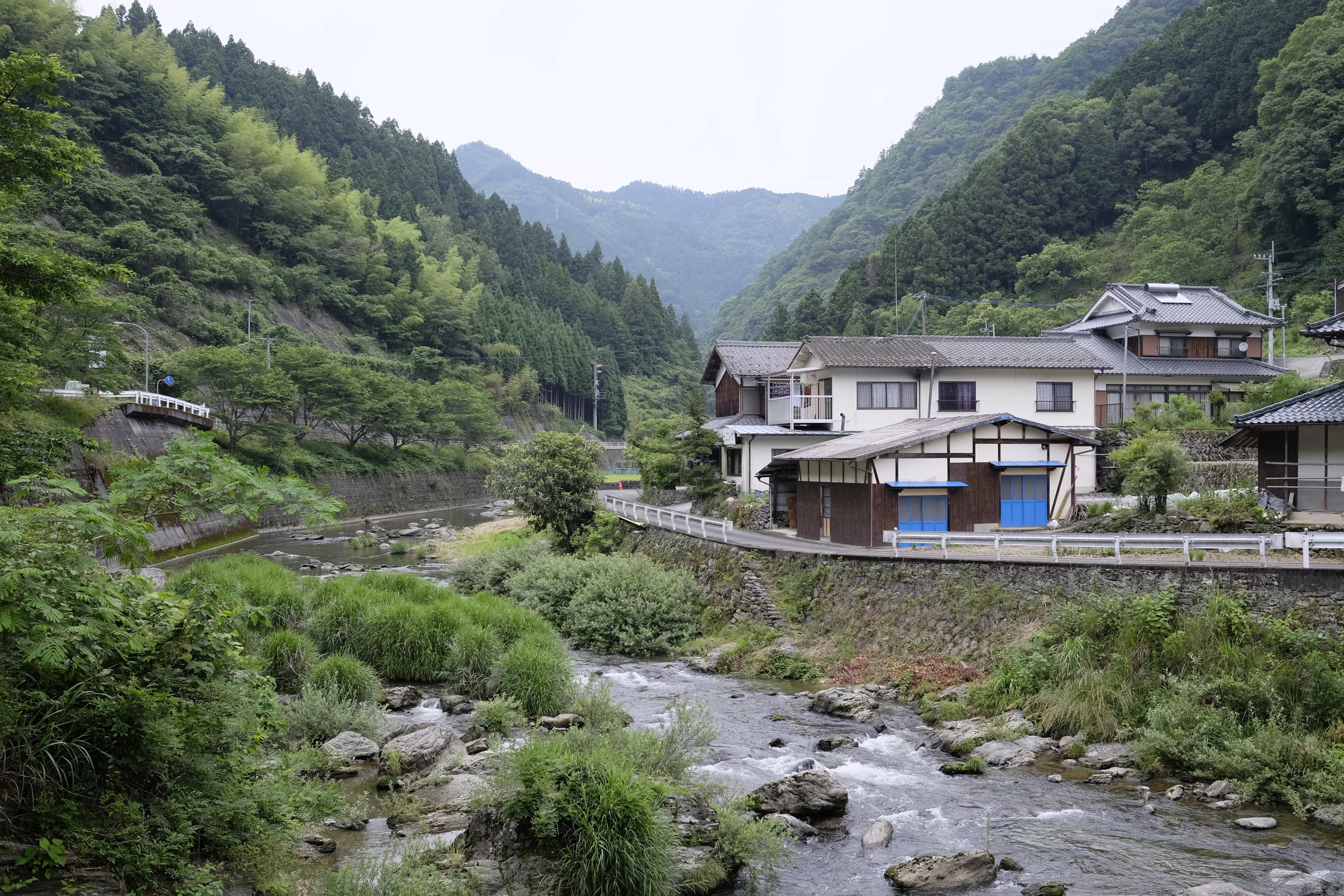
The morning started with a walk along the Tado River up to the Ochiai Tunnel. Along the way, I spotted bands of old men in wetsuits fishing in the shallow waters. In each group, one would throw a net into the water while the others dived in with snorkels to try and entrap the fish.
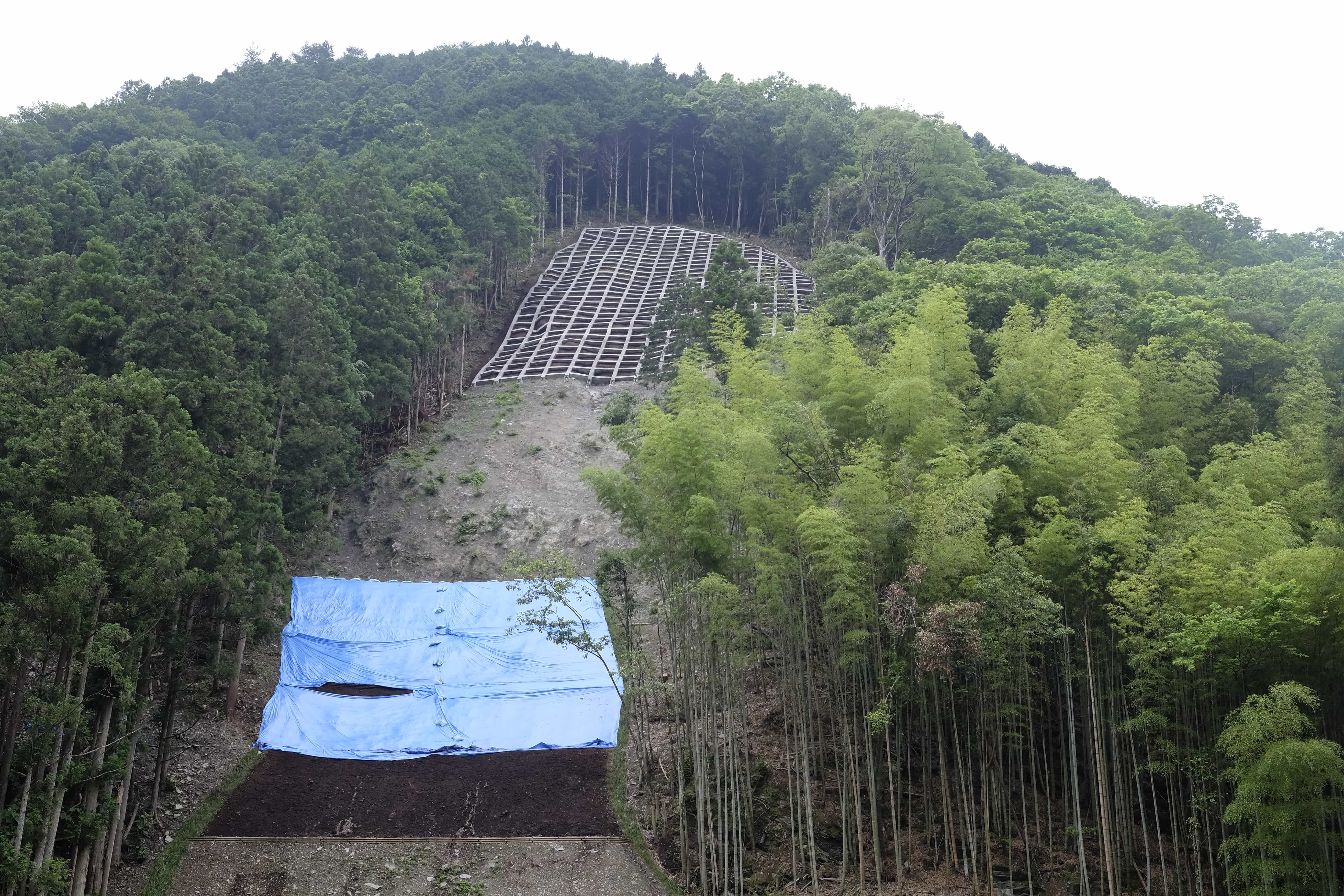
From here the path continues along a local road up the Shimosakaba-tōge Pass (570m). In Shikoku, there’s a constant battle between man and nature being fought over the mountainsides.
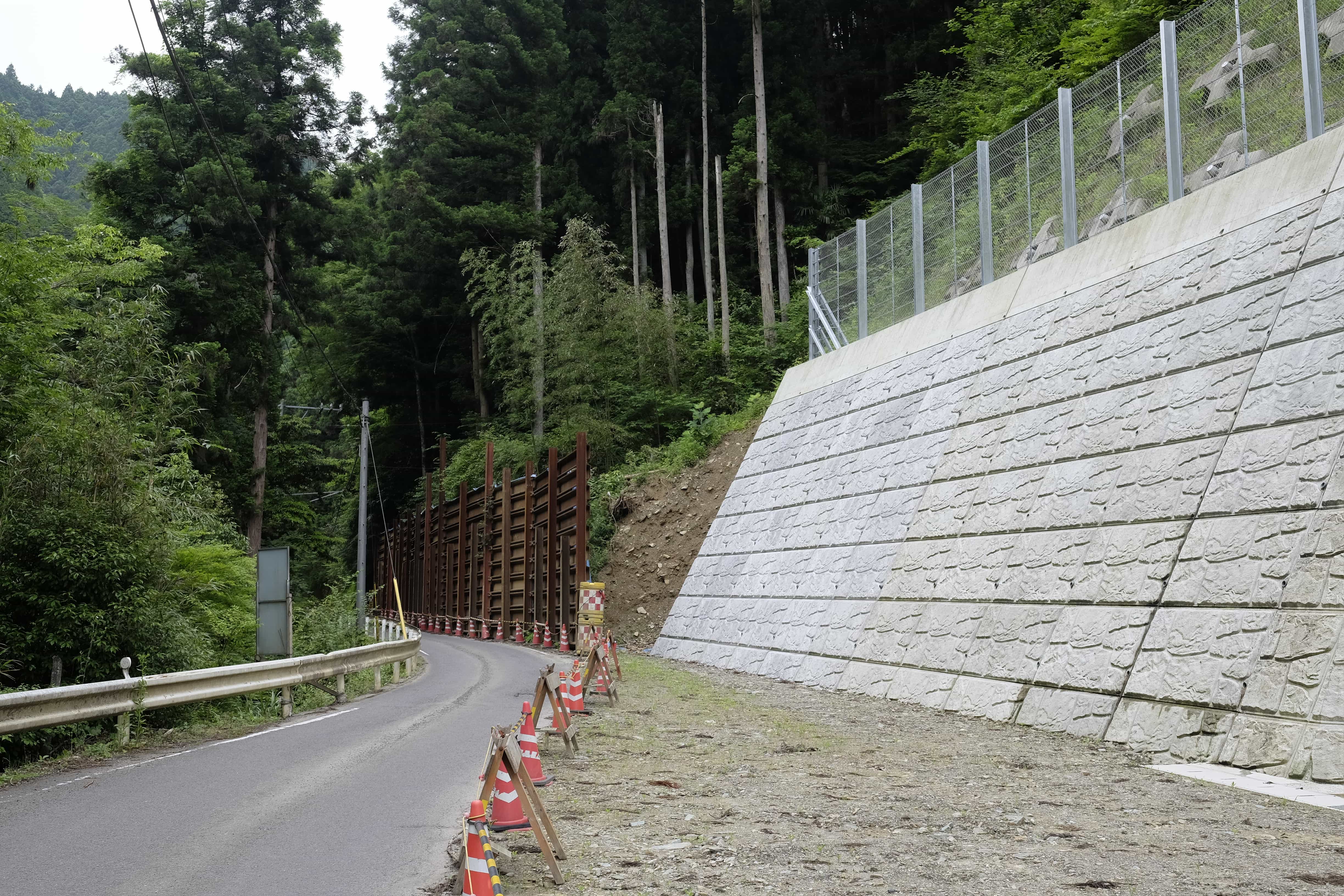
Everywhere you see major engineering works going on to try and contain potential landslides with huge steel nets and concrete retaining walls being built everywhere you look. It looks like extremely dangerous work.

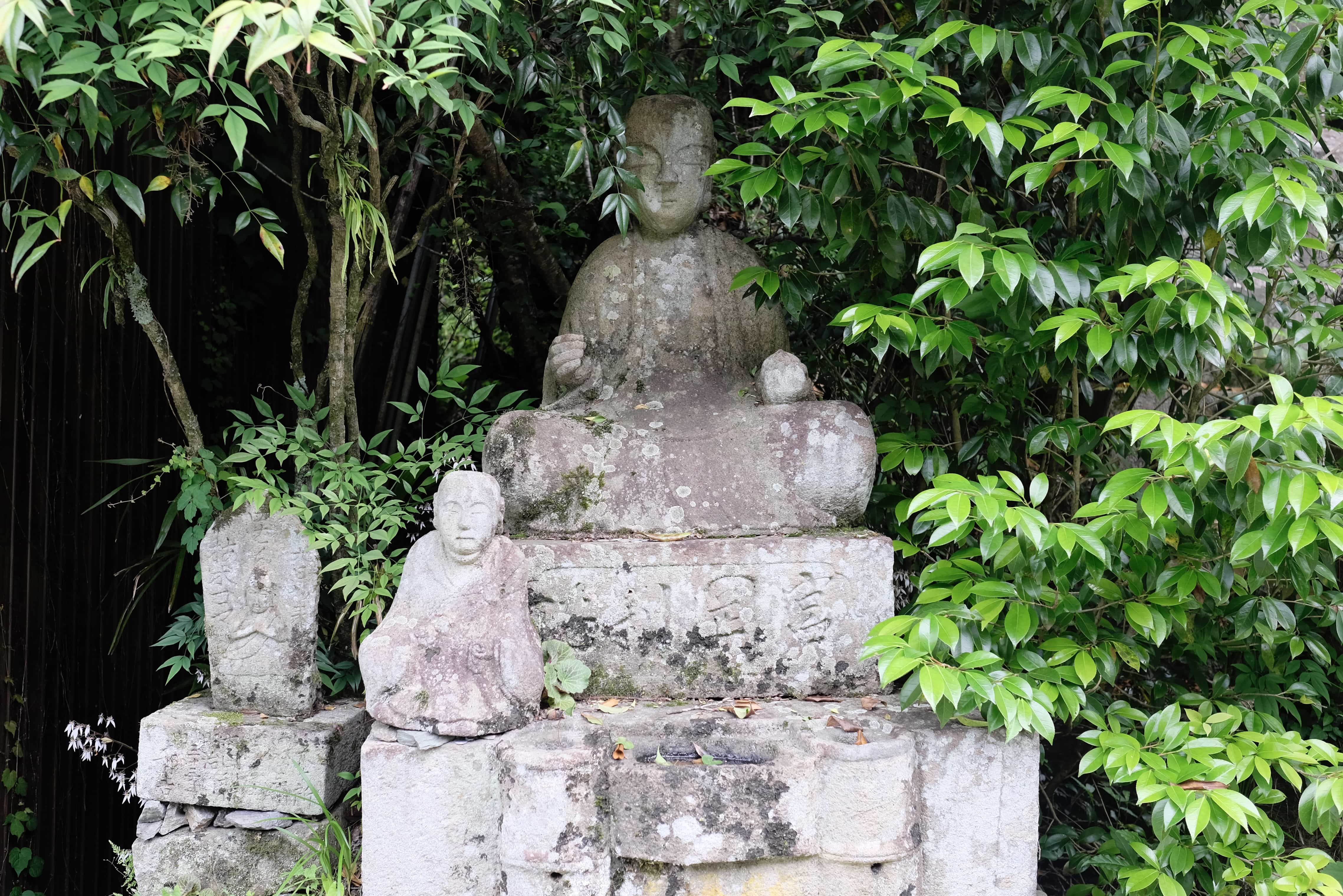
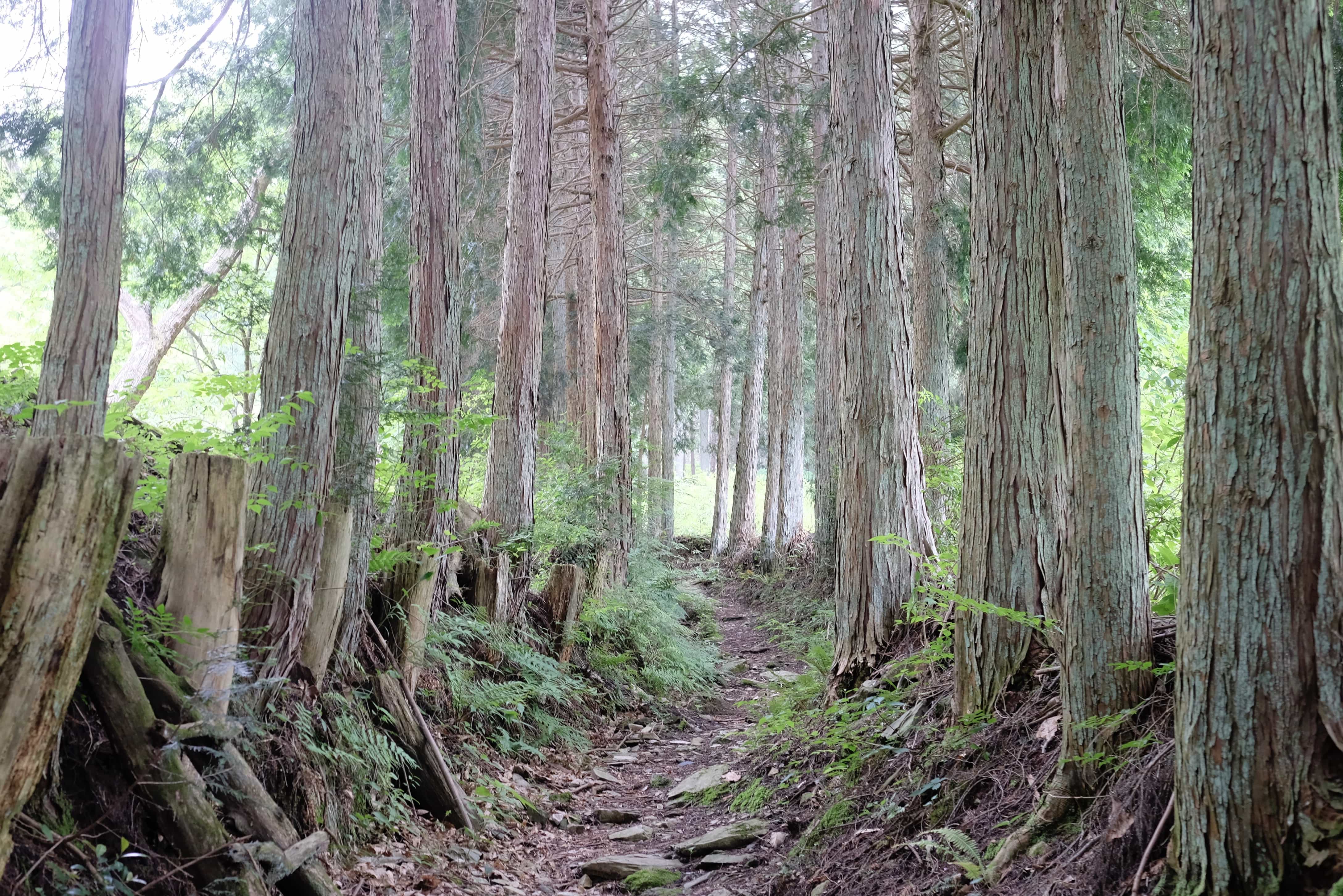
After dipping back down into a valley the trail goes back up almost immediately along the Hiwata-tō Pass (790m) with a couple of nice off-road sections. In the woods, I came across a stand of pine trees where lines of cut logs had been curiously lined up at the base.
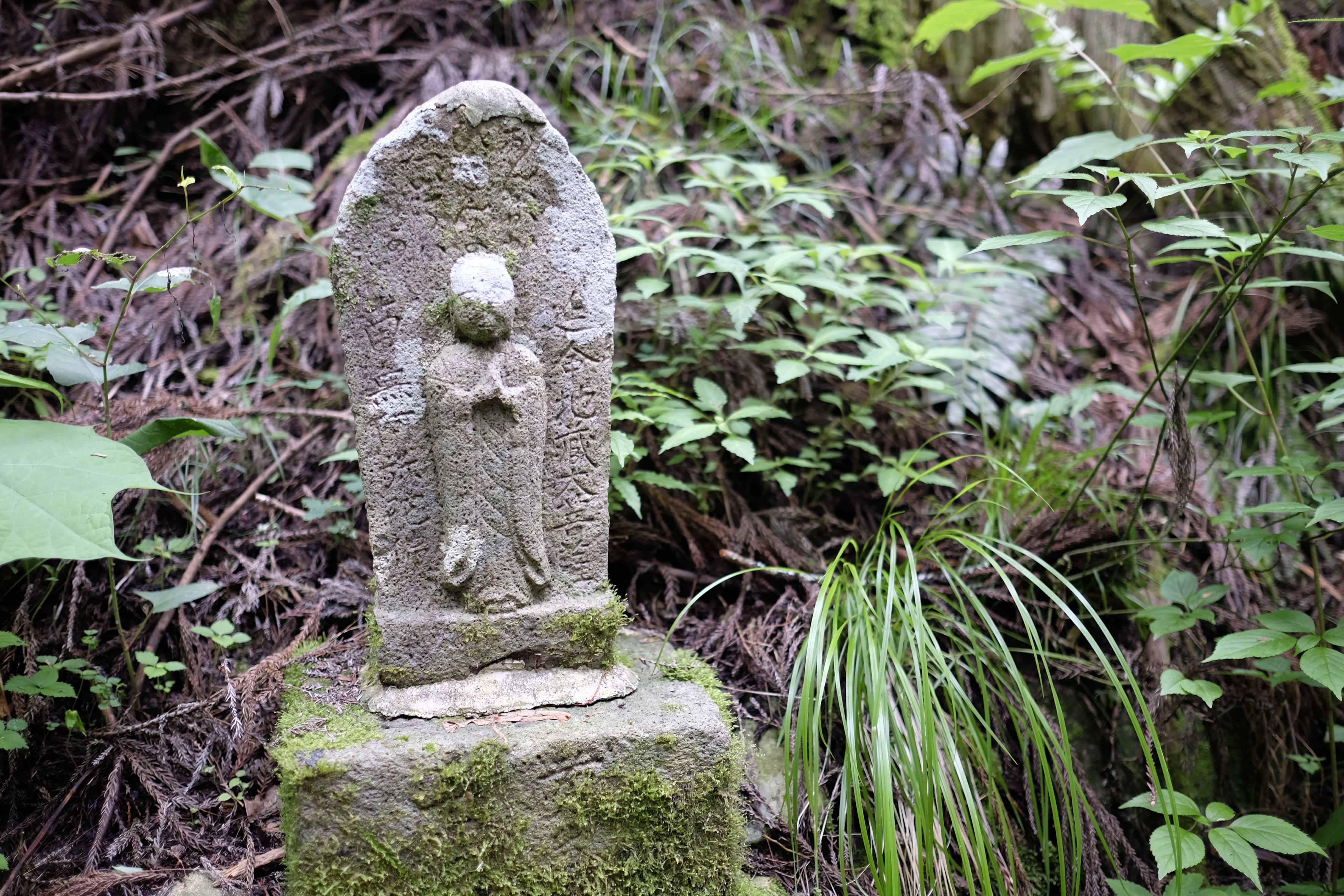
20km of huffing and puffing later I reached Kuma town at noon where I found a small restaurant and ate curry udon for lunch.
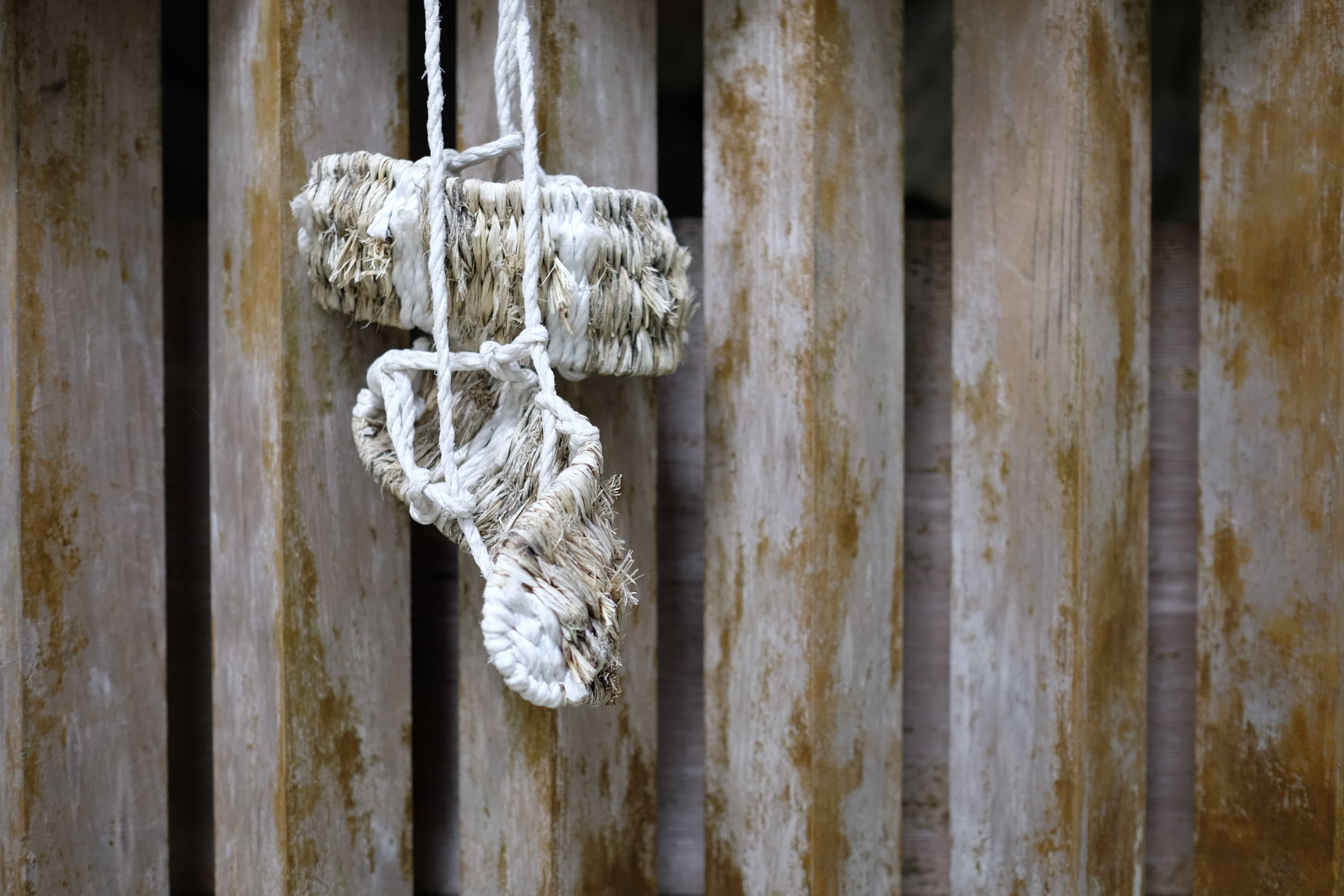
With my energy recharged, it was a short 15-minute walk to Daihō-ji (大宝寺 – 44). Over the gate, two huge saddles made of stray were hung, which are apparently remade every 100 years, with smaller ones on the railings for good luck.

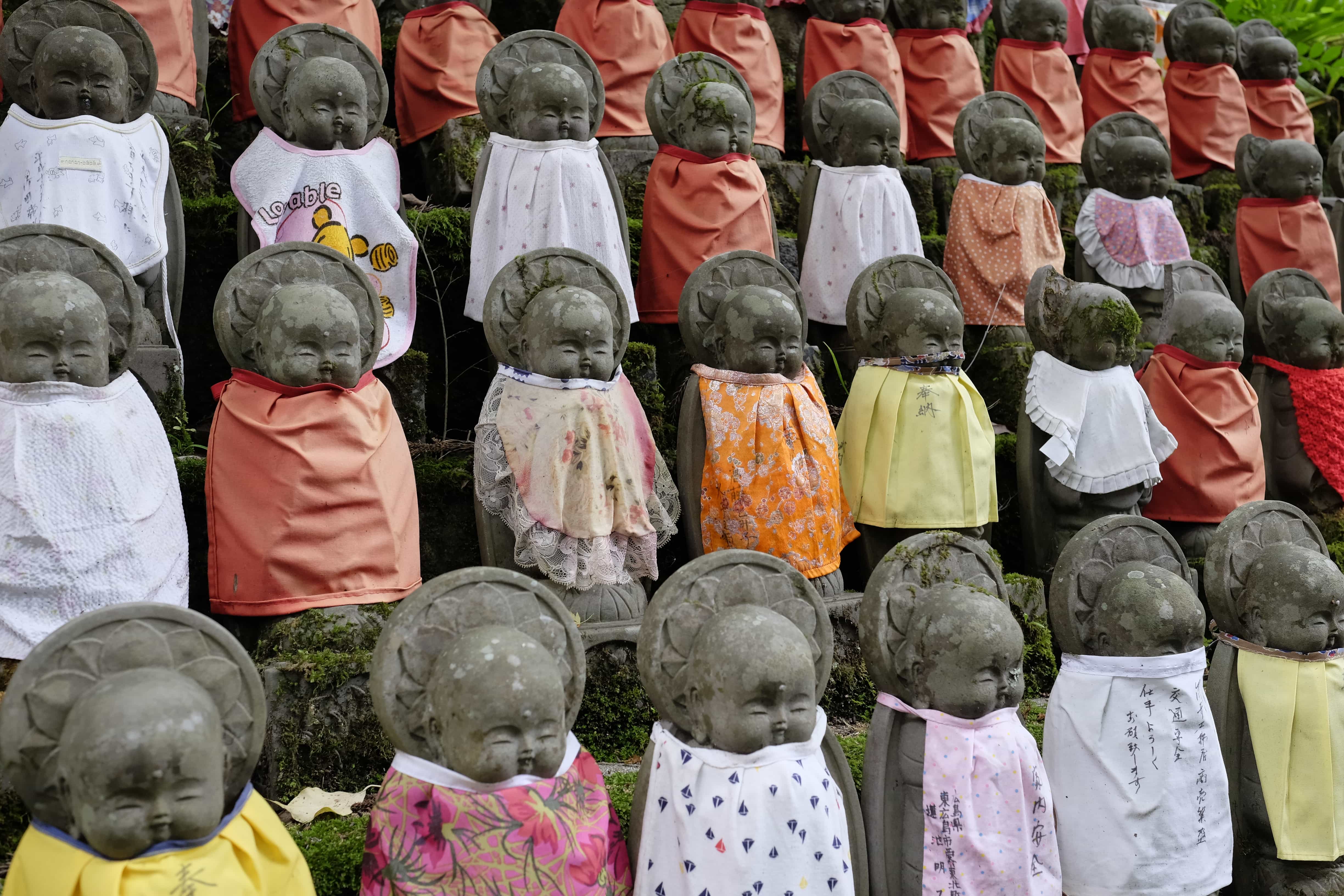
It was a pretty temple but the women in the nōkyōchō office did such a rushed job of signing my book that I was a little annoyed. I guess it makes that particular page unique at least.

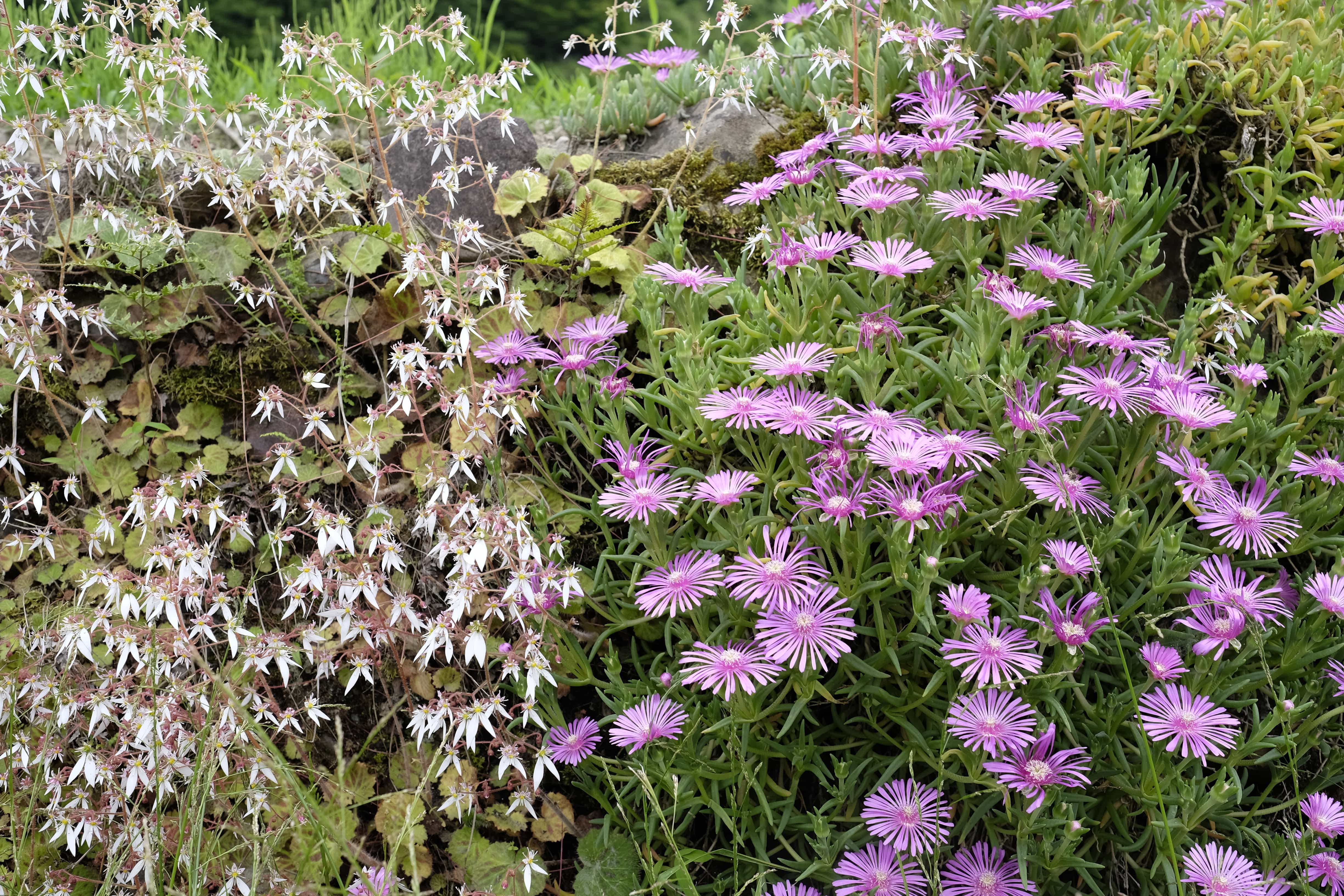
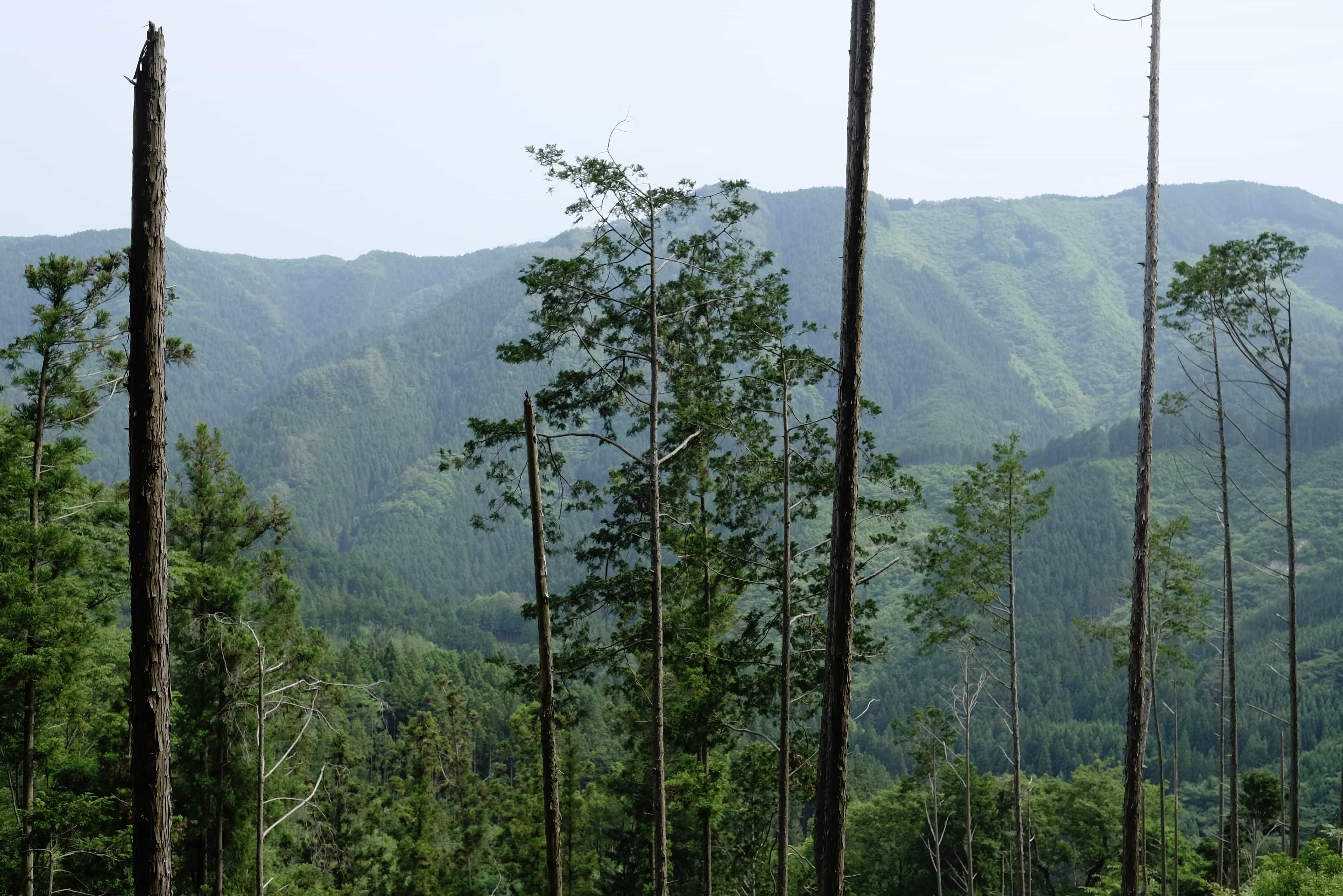
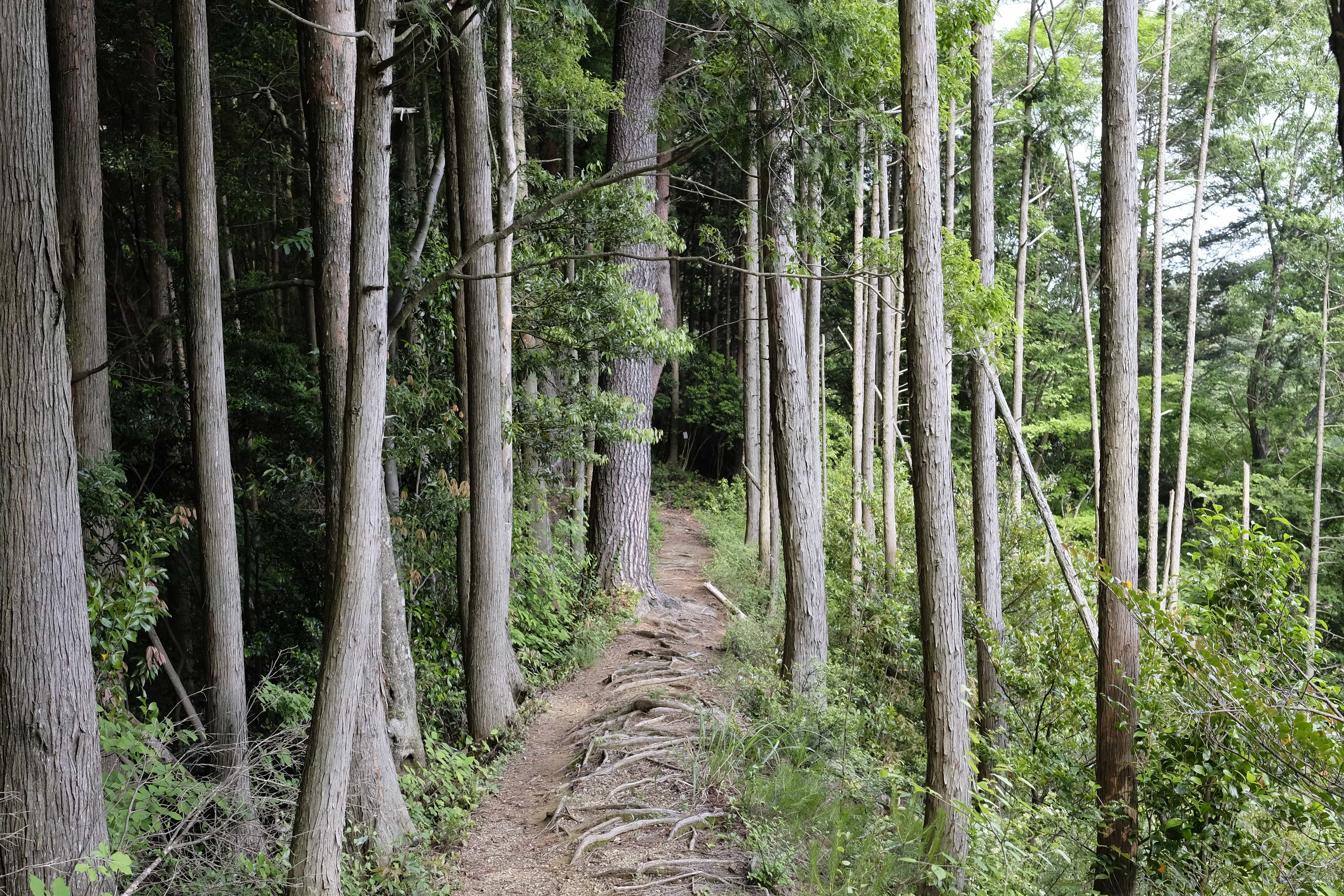
The route to Iwaya-ji (岩屋寺 – 45) was another 10km roller coaster up the Tōnomidō Pass (730m), through a small village, and then a final push along the Hacchōzaka Slope (785m) with a dip in the middle.
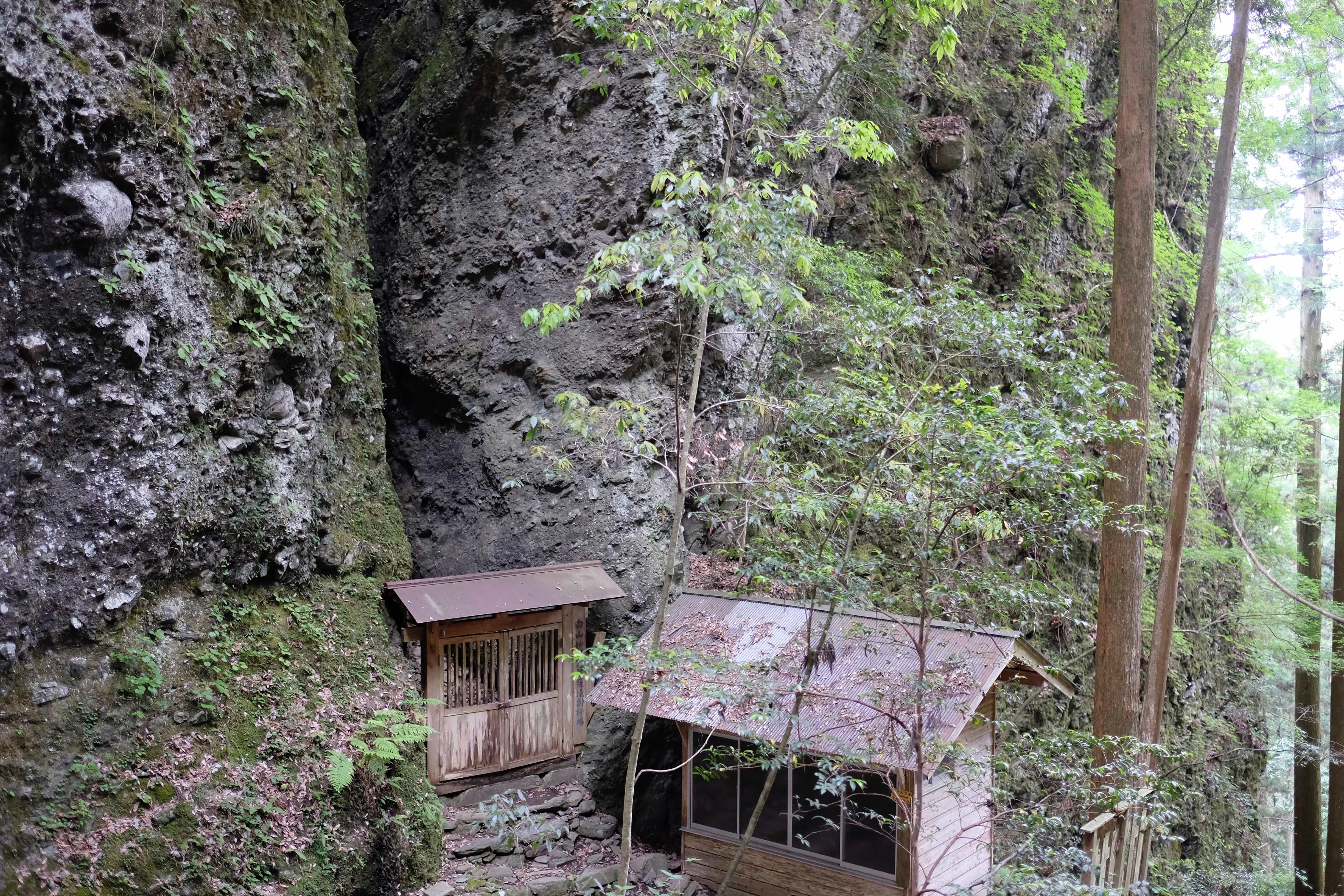
On the way down I passed the inner sanctum of Iwaya-ji which lies between two enormous rocks which appear to be breaking away from each other.
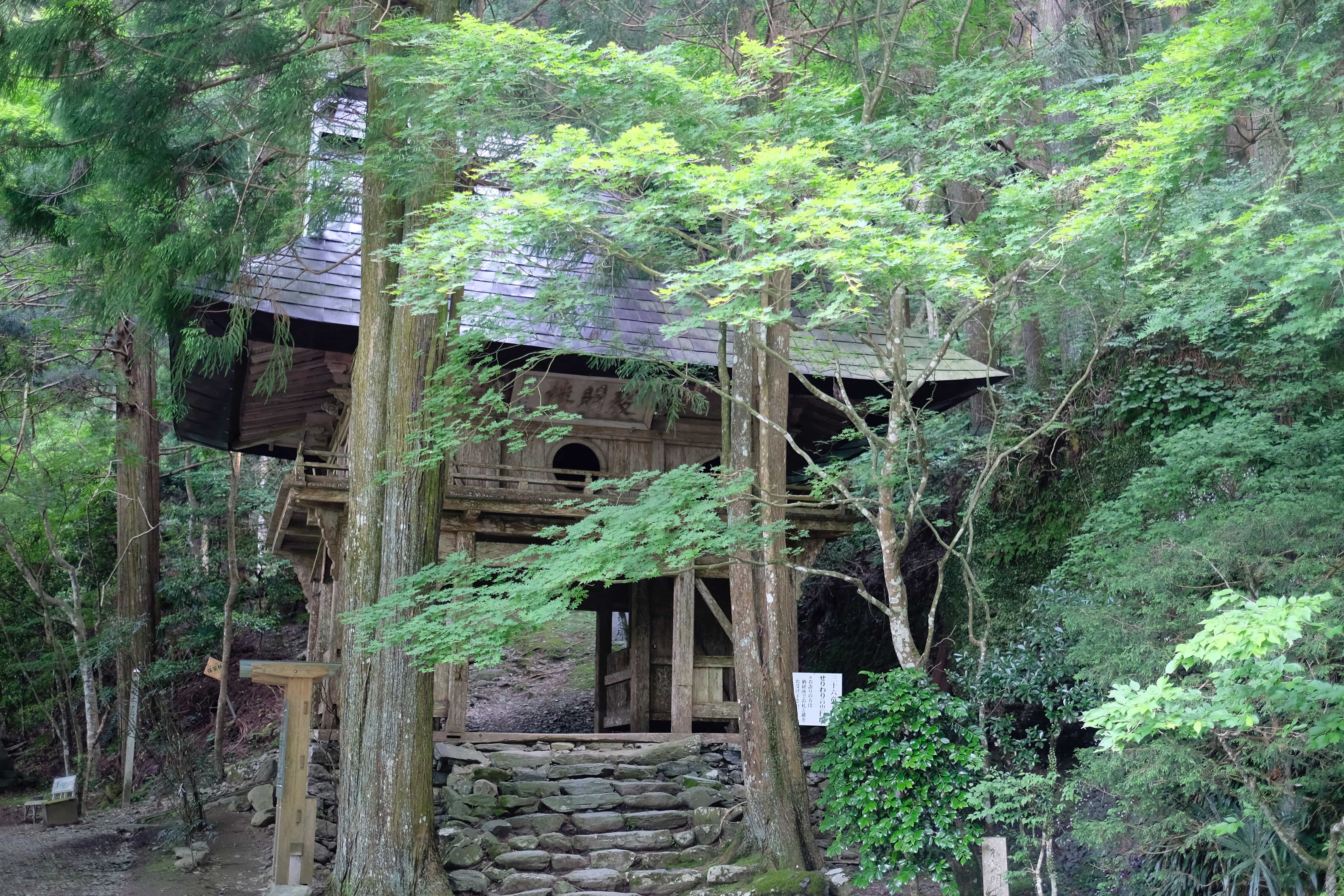
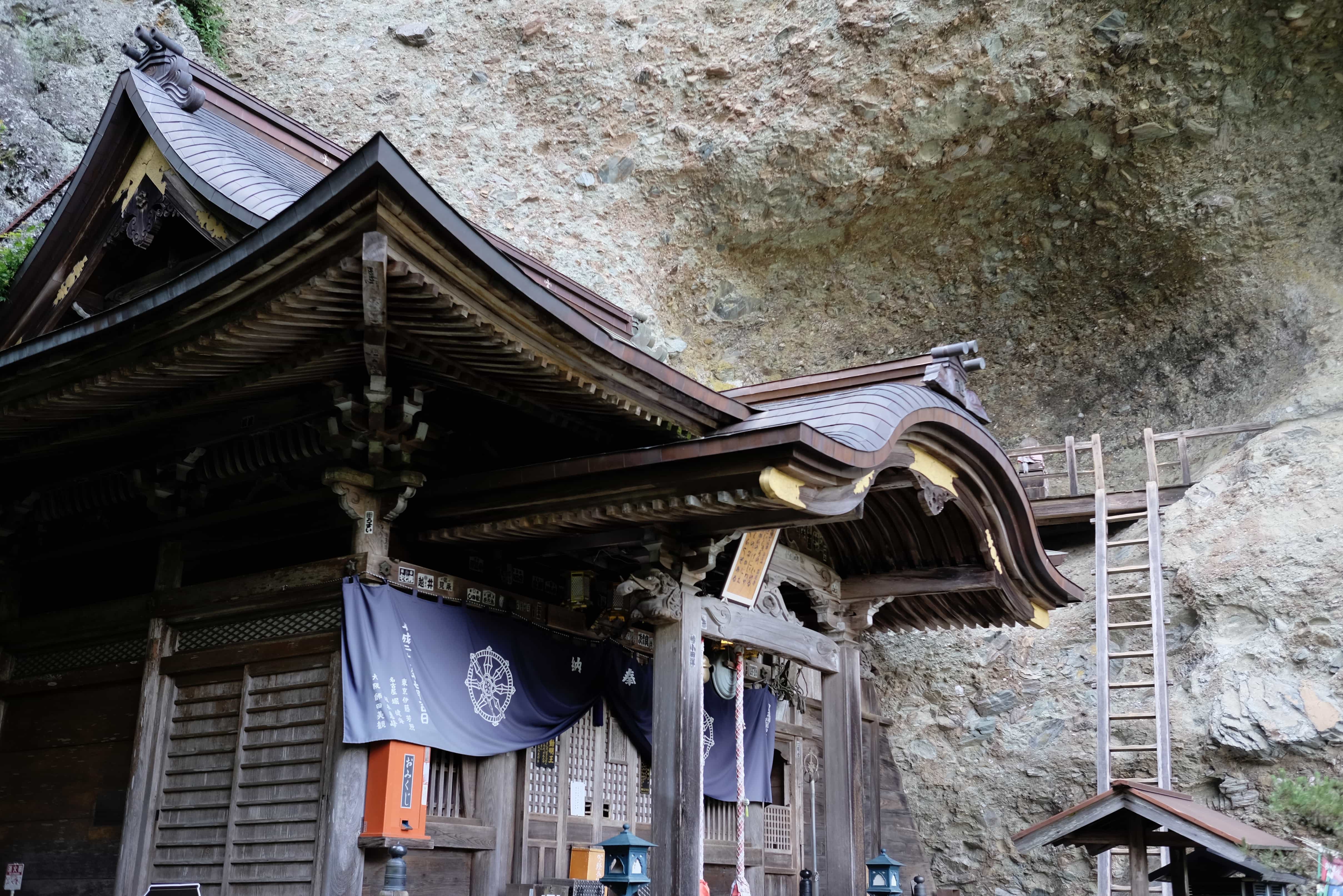
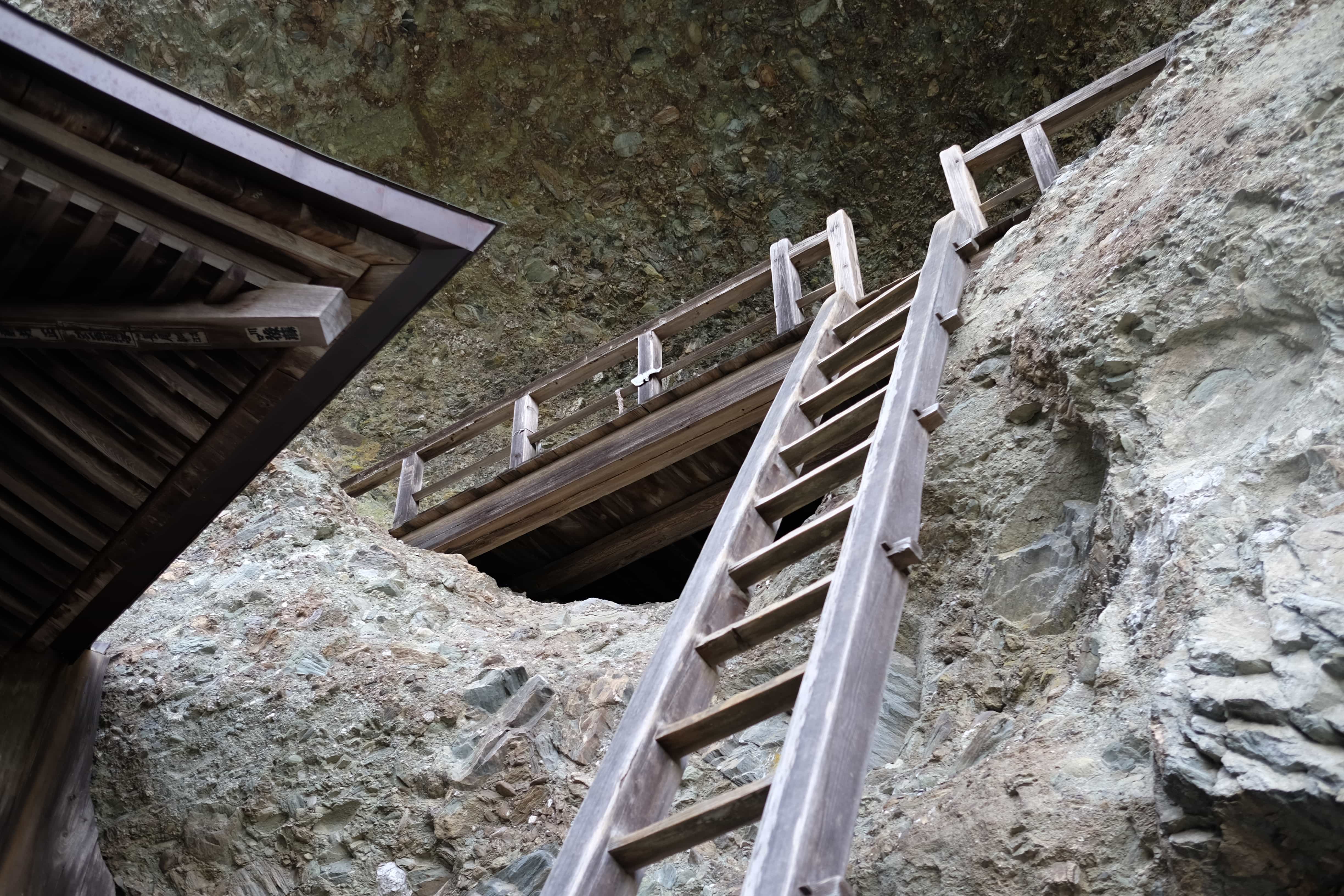

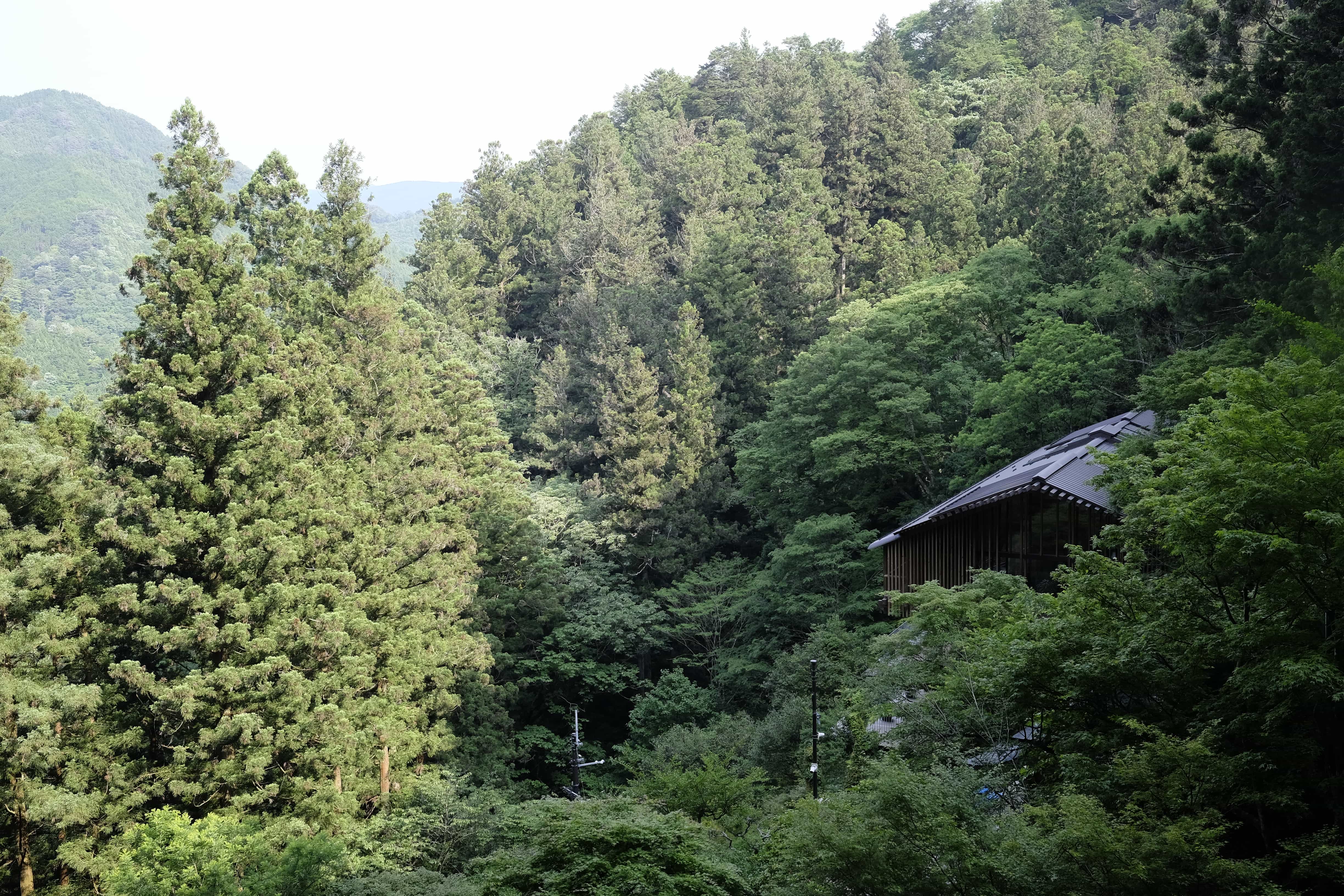
Iwaya-ji itself is built into the rock face giving it a really distinct look. It has a viewing platform built into an alcove above the main hall which can be accessed via a rickety ladder.
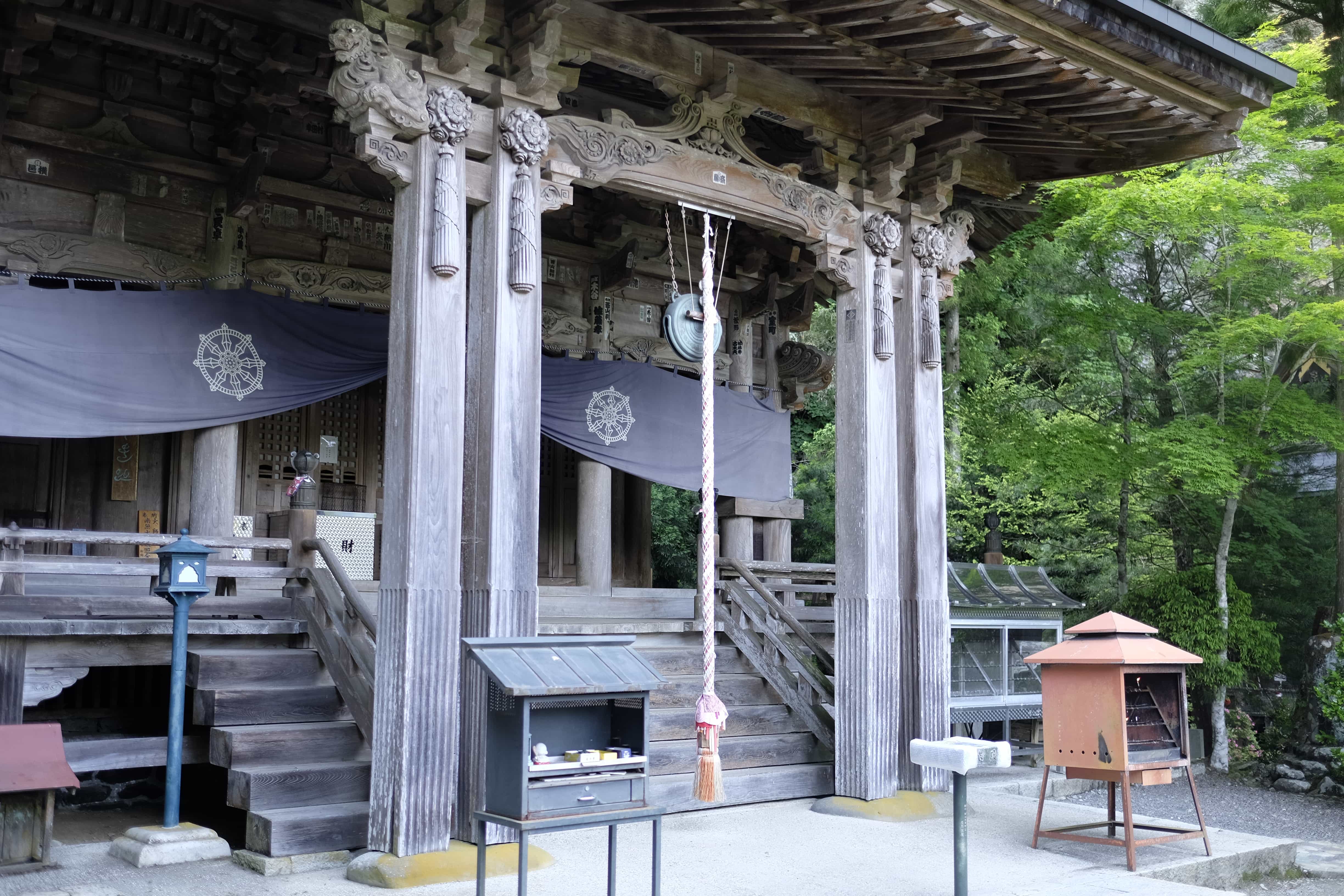
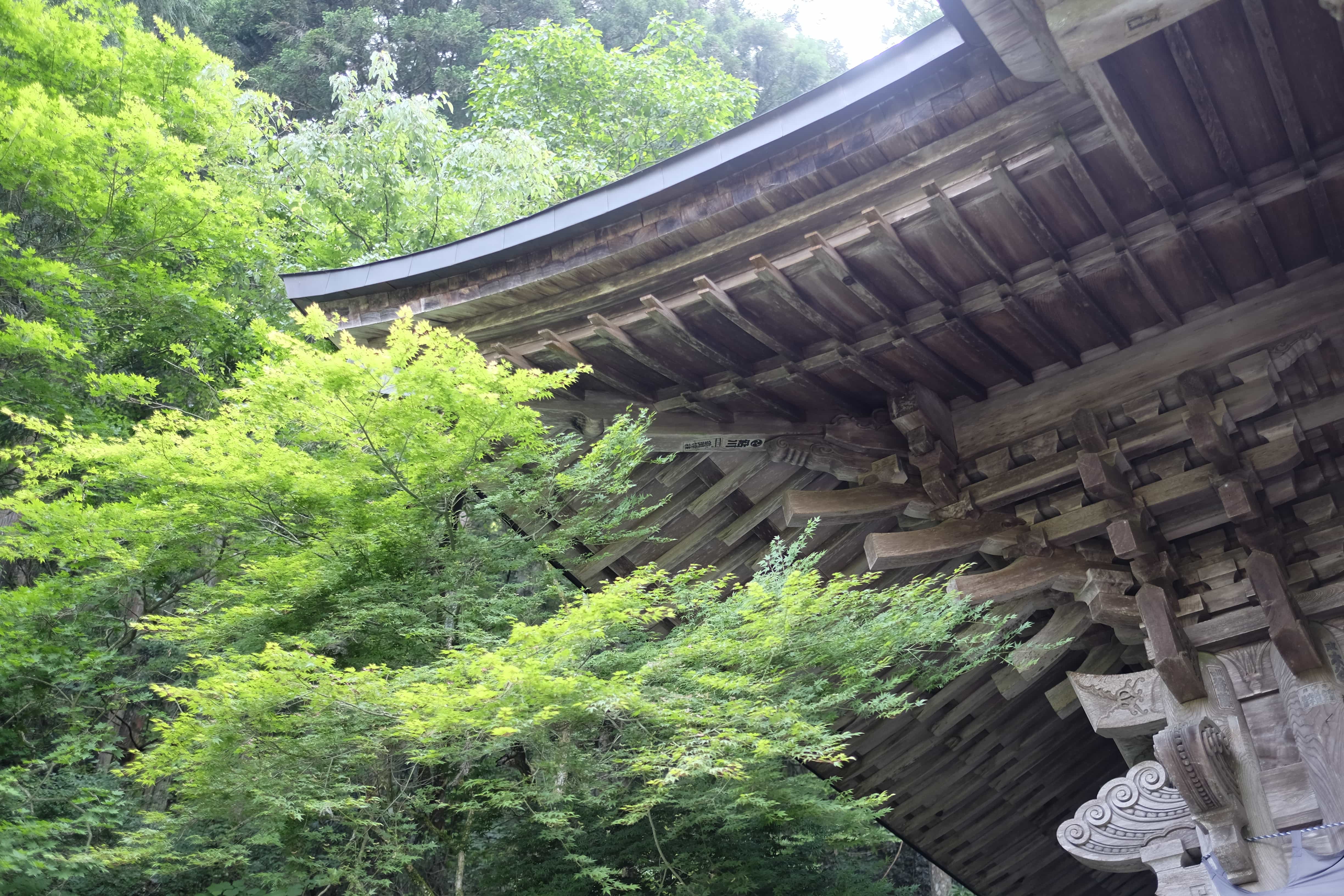
I spent a bit more time than usual here enjoying the unique atmosphere and the beautiful woodwork before descending a kilometre down to the road.
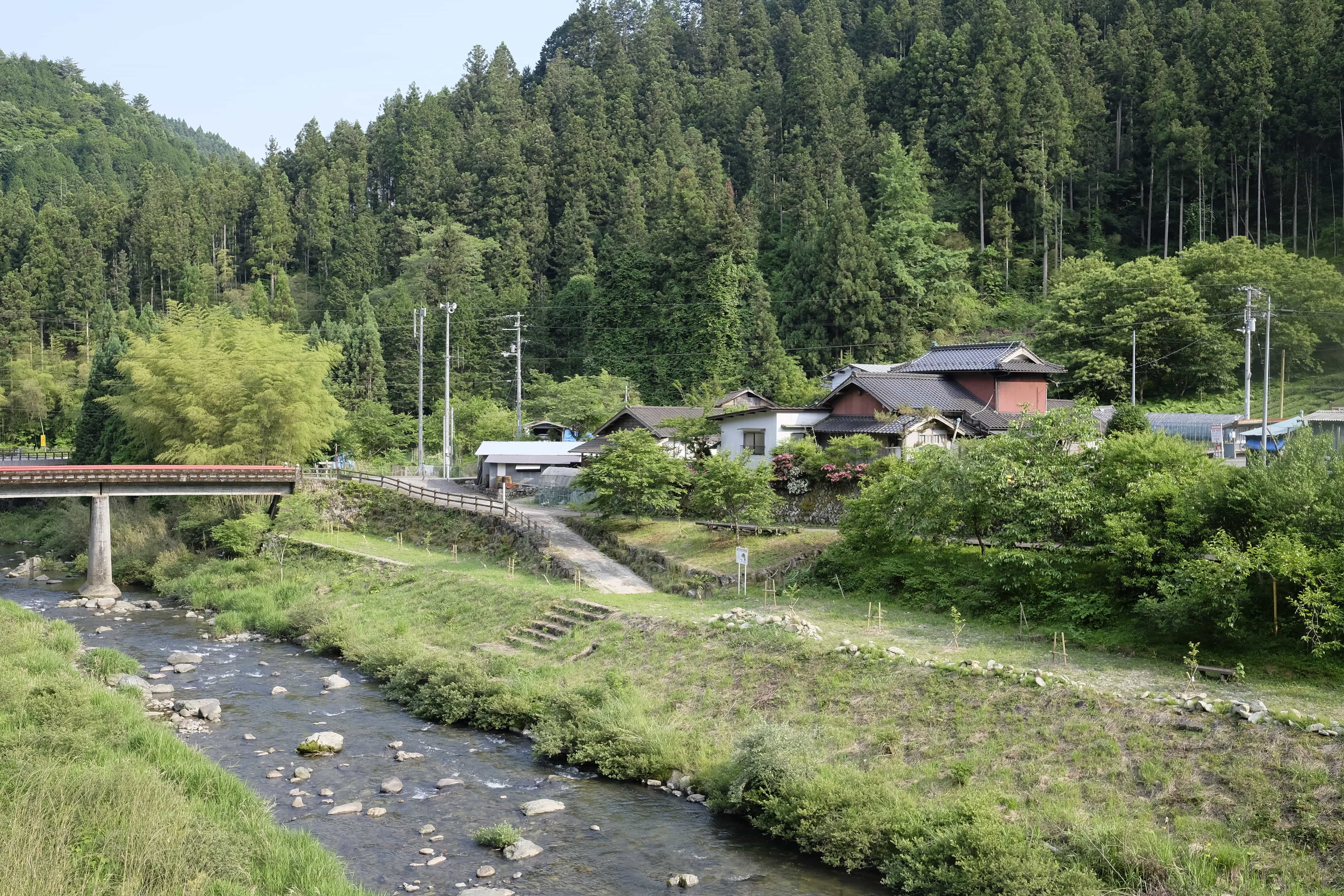
From here it was a short 30-minute walk to Furuiwaya-sō, an onsen/hotel where I’m staying tonight. Along the way, I met an American henro, Tom, who was on his way to temple 45. He mentioned that he’d passed two Brits heading in the same direction as me.

It turns out they’re staying at the same place and I got chatting with Niels and Sophie over dinner. They’re from London and have taken a year off work to travel the world. It was great swapping stories and discussing our impressions of the pilgrimage.
I’m now halfway in terms of temples but there’s a cluster of six coming up so the next two days so that number will quickly increase. Progress!
Information
Distance walked: 37 km / 50,000 steps
Temples visited: 44–45
Overnight lodgings: Furuiwaya-sō (国民宿舎 古岩屋荘) – Onsen

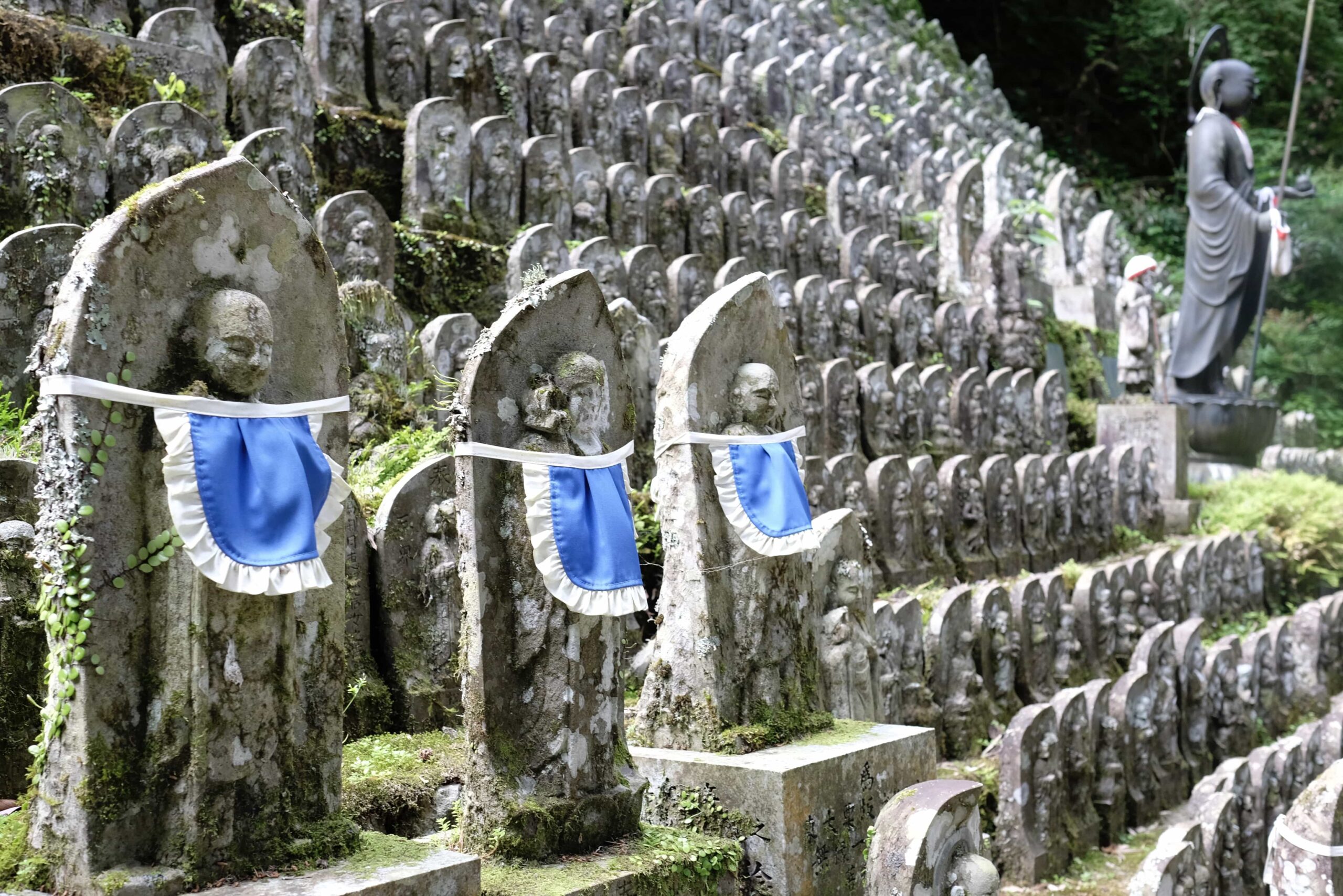
Reply